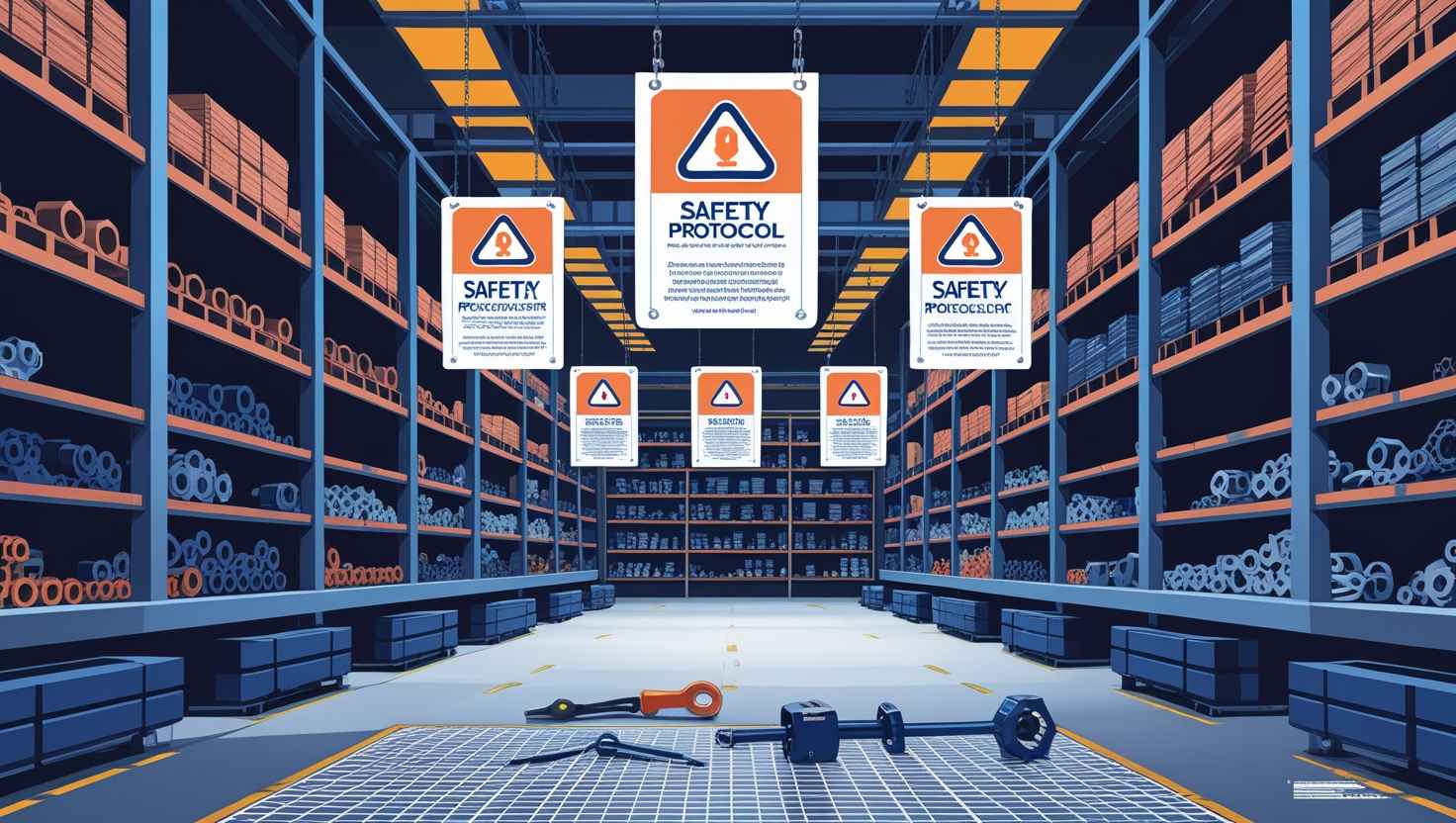When you’re handling industrial fasteners, safety should be your primary concern to prevent accidents and maintain a smooth workflow. If you’re working in a large manufacturing facility or a small workshop, it’s essential that you understand and follow the safety protocols.
Industrial fasteners may be fairly small in size, but they play a major role in ensuring the strength and stability of structures and machinery. However, mishandling these fasteners can lead to equipment failure, injuries, or even fatal accidents.
In this blog, we’ll explore some essential safety protocols for handling industrial fasteners. These guidelines will help you minimise risks so you can protect yourself and your team and ensure your projects are completed successfully.
While using high-quality fasteners from Southco retailers or other well-known brands is crucial, following the right practices is just as important. This will not only help you safeguard your work environment but also improve the efficiency and quality of your work.
1. Proper Storage and Organisation of Fasteners
It’s important to properly store and organise your fasteners to maintain a safe and efficient workspace. Fasteners should be stored in labelled containers, sorted by size, type, and material. This prevents them from getting mixed up and ensures you use the right fastener for the job, so there’s less risk of equipment failure.
Additionally, you should make sure to store your fasteners in a clean, dry area to prevent rust and contamination, which can weaken them over time. Keeping your fasteners well organised will help you save time and minimise errors, and it’ll enhance the overall safety in your workshop or industrial setting.
2. Personal Protective Equipment (PPE) Requirements
Wearing the right Personal Protective Equipment (PPE) is important when you’re handling industrial fasteners.
PPE includes safety glasses to protect your eyes from flying debris, gloves to safeguard your hands from sharp edges, and steel-toed boots to protect your feet from heavy items. Depending on the work environment, you may also need ear protection and a hard hat.
You should always ensure that your PPE fits properly and is in good condition. By following PPE requirements, you can significantly reduce the risk of injury and create a safer working area for yourself and your team.
3. Safe Handling Techniques to Prevent Injuries
Using safe handling techniques is essential to prevent injuries when you’re working with industrial fasteners. First, ensure that you always lift and carry fasteners properly to avoid straining your back or dropping them.
You should also only use tools designed for the job, such as wrenches or torque tools, to apply the correct amount of force without slipping. Additionally, keep your hands clear of pinch points, and never use damaged or worn-out tools, as this can lead to accidents.
Take your time to ensure proper alignment and secure fastening, which will protect you and ensure the stability of the equipment or structure you’re working on.
4. Tool Safety and Maintenance
Maintaining your tools and using them safely is essential when you’re handling industrial fasteners. You should regularly inspect your tools for signs of wear, damage, or malfunction.
Don’t forget to replace any tools that are broken or worn out to prevent accidents. Always use the right tool for the job, as using improper equipment can lead to slips, stripped fasteners, or injury. You should also ensure that your tools are clean, properly calibrated, and stored safely when they’re not in use.
Keeping your tools in good condition and using them correctly will help you enhance machinery and fastener safety, improving the efficiency and quality of your work.
5. Chemical Safety and Hazardous Materials Handling
When you’re working with industrial fasteners, you may need to use chemicals like lubricants, adhesives, or anti-corrosive agents. Proper handling of these hazardous materials is essential for safety.
You should always read and follow the safety instructions on labels and use the recommended Personal Protective Equipment (PPE), such as gloves and safety glasses, to protect yourself from spills and fumes. Additionally, store all chemicals in their original containers, away from heat sources, and in well-ventilated areas.
You should also make sure you know the emergency procedures for chemical spills or exposure. Overall, handling chemicals safely can help you protect yourself and your team from potential health risks.
To Sum Up
Following proper safety protocols when you’re handling industrial fasteners is essential to prevent injuries and maintain efficiency.
With the tips we’ve provided here, you can create a safer work environment for yourself and your team. These simple yet effective steps can help reduce risks and improve your overall productivity.
You should also always stay vigilant, follow workplace safety guidelines, and encourage others to do the same. Prioritising safety will not only protect workers but also lead to better results in any industrial or manufacturing setting.
















